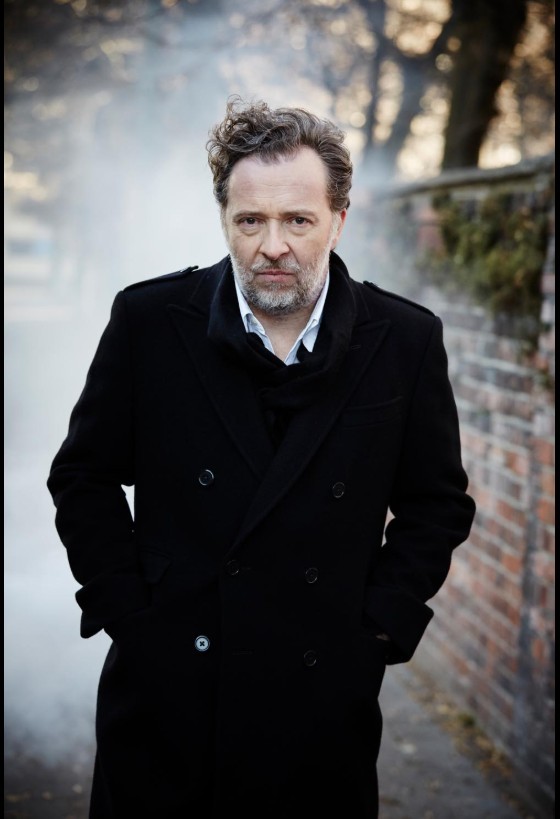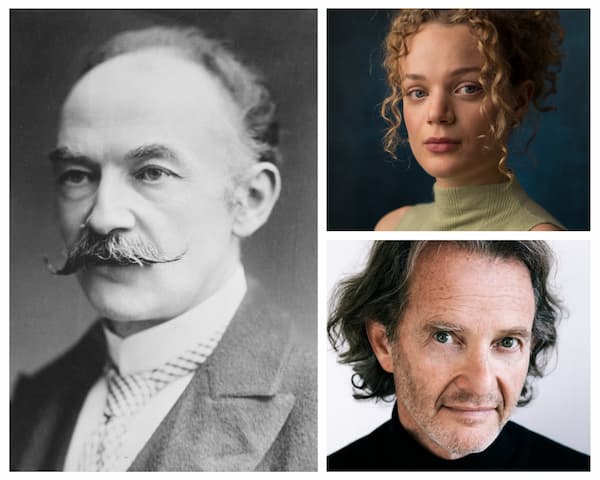While the 1881 revised version of Verdi’s Simon Boccanegra has become part of the standard operatic repertory, the original 1857 version has languished in relative obscurity. Following its less-than successful première at the Teatro La Fenice, Verdi was eventually convinced by his publisher to revise a work that he himself considered “cold and monotonous.”
Giuseppe Verdi: Simon Boccanegra, “Act I Prelude” (1857 version)
Opera Rara
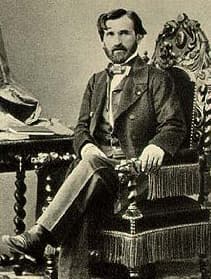
Verdi in 1859
On 18 April 2024, “Opera Rara,” a company that performs, records, and promotes the forgotten operatic heritage of the 19th and early 20th centuries, teams up with “The Hallé” in a revival of the 1857 version of Simon Boccanegra. Spearheaded by former Artistic Director Sir Mark Elder and musicologist Roger Parker, this project, which includes the first-ever dedicated studio recording, is based on the original autograph score of the opera which only recently has become available to scholars.
While a good number of commentators believe the 1881 version to be a superior score, Elder and Parker suggest that even without the revision, the 1857 version “would hold an important place in Verdi’s output.” Composed during a critical period in Verdi’s development, the 1857 drama was “remarkably forward-looking for its time, particularly from the point of view of conventional operatic characterization.”
Giuseppe Verdi: Simon Boccanegra, “Meseri, il re di Tartaria vi porge” (Giacomo Aragall, tenor; Paolo Coni, baritone; Leo Nucci, baritone; Carlo Colombara, bass; Milan La Scala Chorus; Milan La Scala Orchestra; Georg Solti, cond.)
Libretto
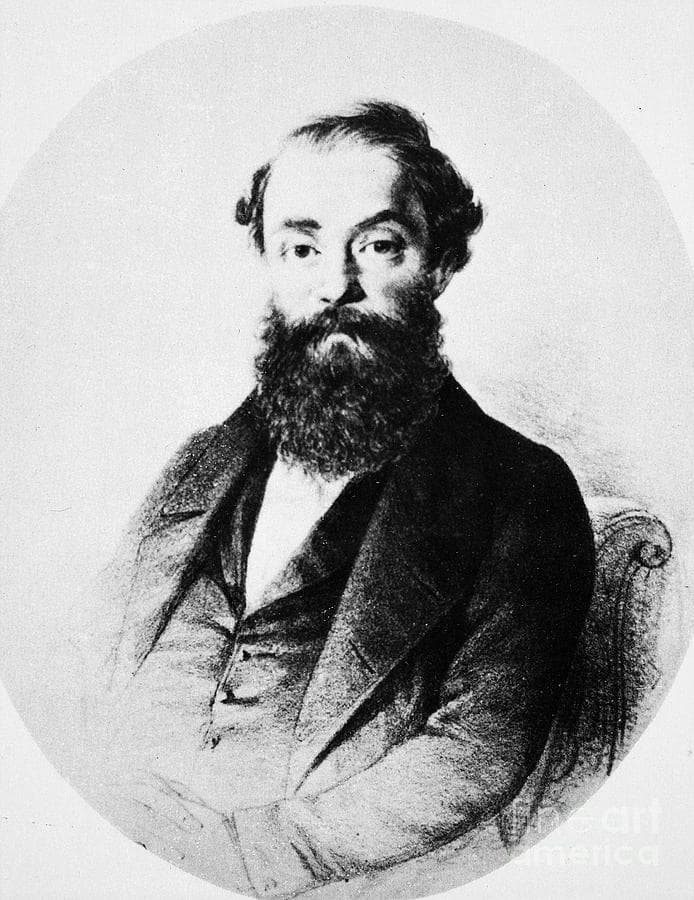
Francesco Maria Piave
The libretto of the original version, fashioned by Francesco Maria Piave in the form of a prologue and three acts, is based on the drama by Antonío Garcia Gutiérrez. It is a complicated story, that at times is difficult to follow. As a scholar wrote, “All the characters define themselves against an ingeniously shifting pattern of intrigue such as can be highly effective in a play but well-nigh impossible to follow in an opera.”
Essentially, the plot features the corsair Simon Boccanegra, who, through political intrigue, is elected Doge of the city-state of Genoa. His rule is fiercely opposed by Jacopo Fiesco. The two men share a connection to Fiesco’s daughter Maria and Boccanegra’s lover, who died a long time ago. Their daughter Amelia, has since vanished without a trace. Twenty-five years later, Amelia resurfaces in Genoa and becomes embroiled in a power struggle that ultimately costs Boccanegra his life.
Giuseppe Verdi: Simon Boccanegra, “Orfanella il tetto umile” (1857 version)
The Plot
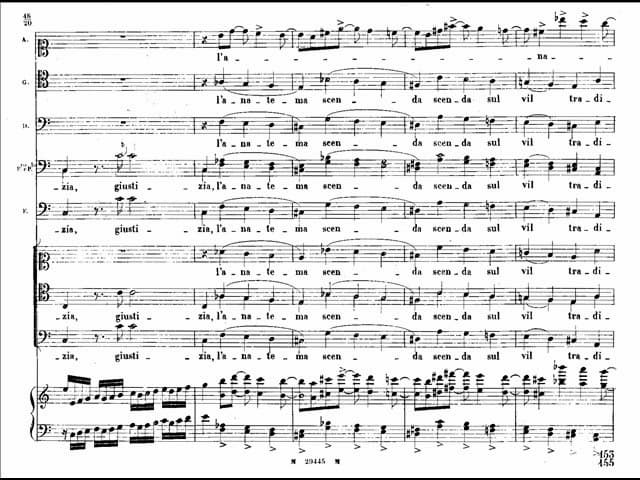
Simon Boccanegra excerpt
The plot was complicated enough for Verdi to first write out the scenario in prose. When Piave presented the text to the Venetian police for approval, it was deemed unacceptable, and censors demanded a complete poetic version. As the process dragged on, Verdi sought additional help from Giuseppe Montanelli, without initially informing Piave.
Piave may well have been unhappy that Verdi relied on outside help, but he was nevertheless curtly informed by Verdi “here is the libretto, shortened and altered more or less as it must be. You can put your name to it.” In the event, the libretto became the source of heavy criticism. A scholar writes, “it was generally condemned as one of the most unintelligible to have reached the stage, and its general dark and gloomy feel was to affect its fortunes for many years.”
Giuseppe Verdi: Simon Boccanegra, “Plebe! Patrizi! Popolo!” (Dmitri Hvorostovsky, baritone; Barbara Frittoli, soprano; Francesco Meli, tenor; Ferruccio Furlanetto, bass; Sorin Coliban, bass-baritone; Adam Plachetka, bass-baritone; Vienna State Opera Chorus; Vienna State Opera Orchestra; Marco Armiliato, cond.)
Music and Drama

Set design for the 1881 version
For Roger Parker, the “1857 drama was remarkably forward-looking as there are no secondary female characters, but a preponderance of low male voices; and though a baritone protagonist was no longer exceptional, Boccanegra has very few opportunities to show vocal brilliance and is assigned no conventional arias.”
Contrary to prevailing bel canto conventions, the music for the original version features simpler and more declamatory vocal lines. These unusual vocal constellations created a work that was consistently dark in colour and gloomy in character. Audiences and critics were clearly uncomfortable with these unusual stylistic features, which in turn provided the impetus for the revision process several decades later.
While the 1881 version, with additions and alterations by Arrigo Boito, “musically enriched the character of Boccanegra to an extent that tends to overpower the other principals,” the original version bears full witness to Verdi’s developmental path by “responding to a musical and political world that had undergone radical changes over the course of several decades.”
For more of the best in classical music, sign up for our E-Newsletter
Simon Boccanegra 1857 version will be performed on April 18th at the Bridgewater Hall in Manchester.

